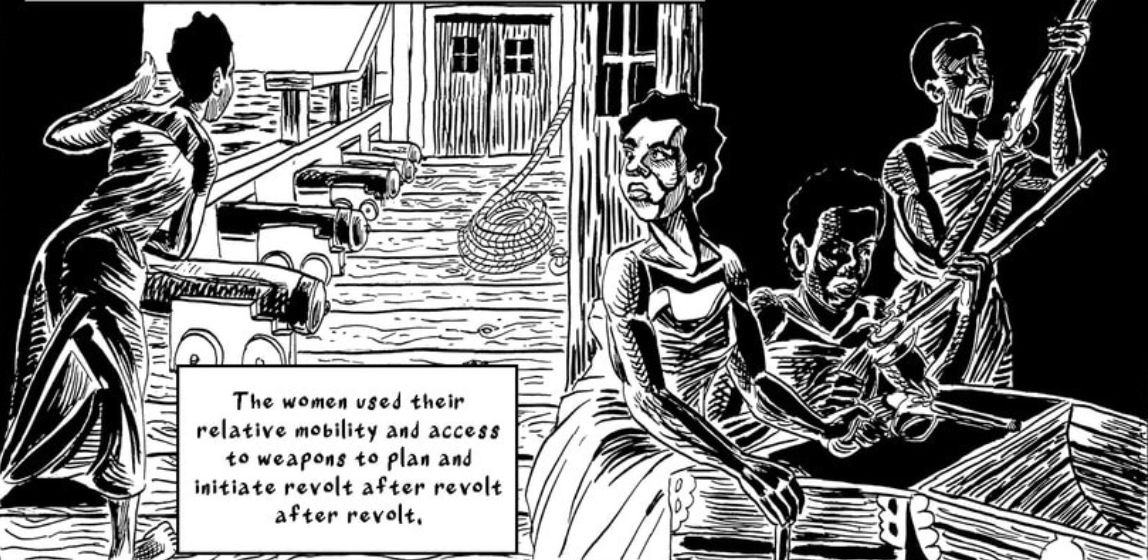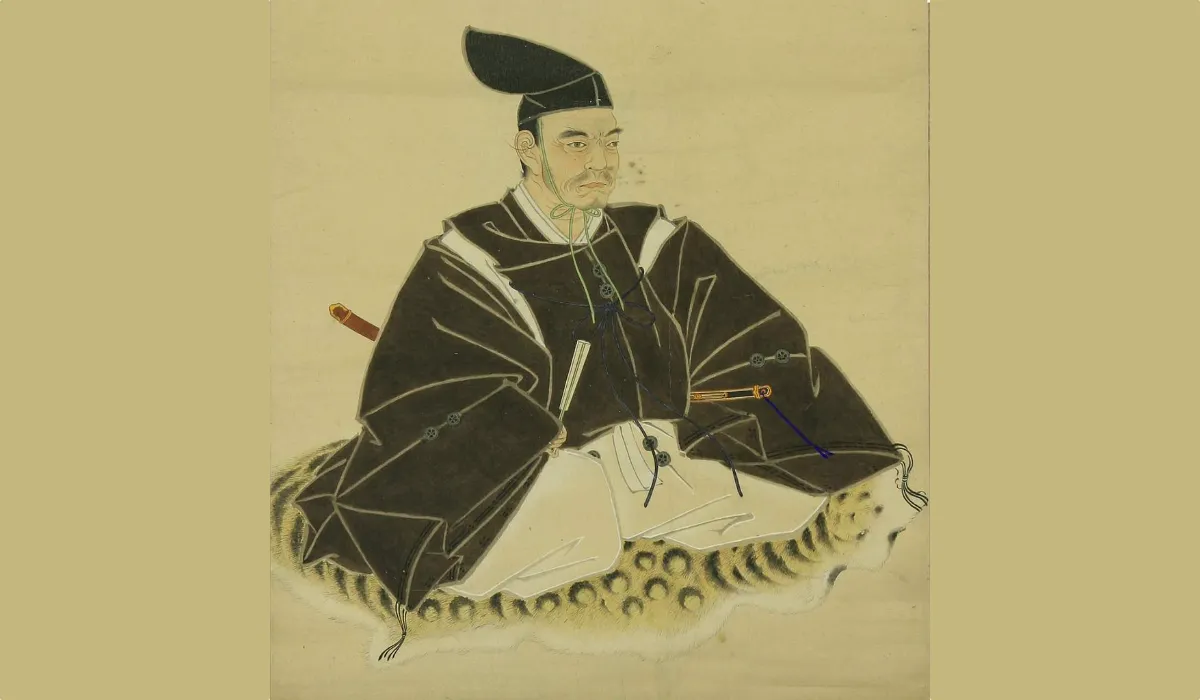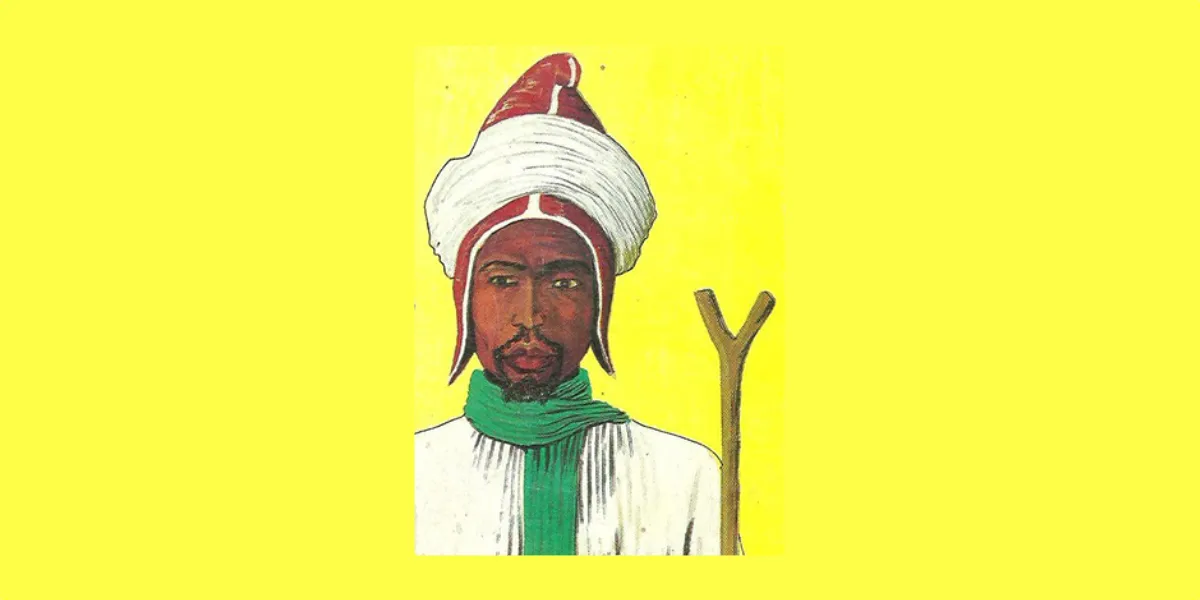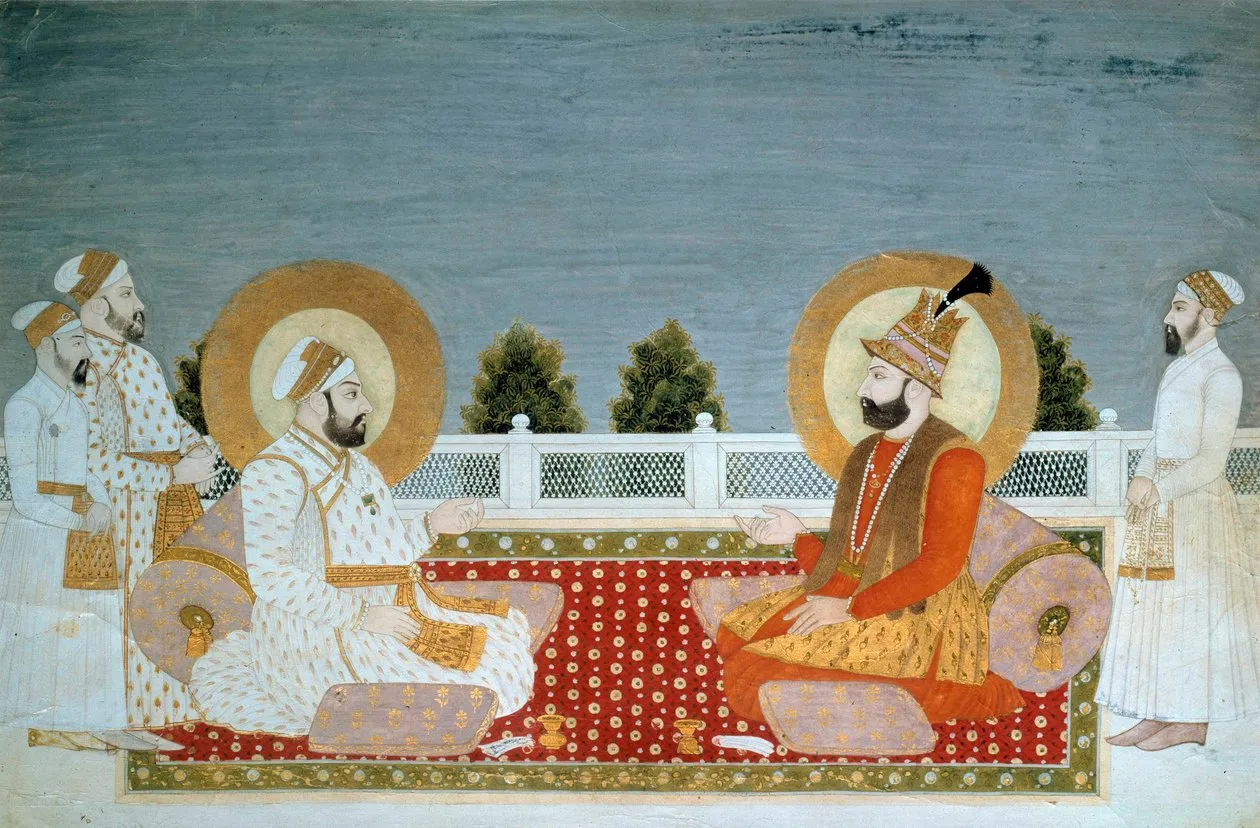“At Last I Defended Myself”: 400 Years of Resistance to the Transatlantic Slave System
A discussion of how to center the resistance of enslaved Africans when teaching the transatlantic slave system in world history courses.

Embedded in the word “history” is a story. As history teachers, we choose what aspects of that story to emphasize and which individuals we highlight. Many recent world history textbooks devote significant space to coverage of the transatlantic slave system but barely mention the story of enslaved African resistance in that discussion. In Ways of the World and Worlds Together Worlds Apart, there is just one paragraph with no individual stories about mutinies, maroons, or rebellions. In The Earth and Its Peoples and Traditions and Encounters, there are two paragraphs about resistance, as well as mentioning a couple of specific individuals. What does this lack of discussion of enslaved African resistance say to students? What sort of story are we telling students?
When I first read Antoinette Burton’s The Trouble with Empire: Challenges to Modern British Imperialism, it changed how I thought of and taught imperialism. I had previously internalized a narrative that colonized peoples were passively colonized, and European empires had been successful (until they weren’t). Burton helped me see how the repeated and varied forms of resistance by colonized peoples meant that the British empire was never stable or successful and that colonized peoples were never passively colonized.
The same problem could be said about how textbooks and many of our survey classes address the transatlantic slave system. The story is often about what White Europeans did to establish the transatlantic slave trade, the violent and exploitative nature of plantations in the Americas, and the consequences of these actions. Those parts of the story are necessary, but when we realize that enslaved Africans resisted in every imaginable way and persisted in that resistance for 400 years, we begin to see a new story about the transatlantic slave system. Instead of teaching a story that presents enslaved Africans as passive victims, we want to teach classes that highlight the agency of enslaved Africans and spotlight individual stories of resistance. We want to show students how and why enslaved Africans resisted at sea and on plantations, the centrality of enslaved African women in this resistance, and how this resistance fit into the larger context of the early modern Atlantic world.
“The Insurrection of Cargo”
One pervasive topic in the accounts of the traders of enslaved Africans is how frequently enslaved Africans mutinied and what steps traders took to minimize the risk of mutiny. In the seventeenth-century journal of Thomas Phillips, which I discussed in the last post, he acknowledged multiple times the frequency of mutiny on the ship. One of the more well-known descriptions of a mutiny by enslaved Africans is by another slaver Jean Barbot:
This content is for Paid Members
Unlock full access to Liberating Narratives and see the entire library of members-only content.
SubscribeAlready have an account? Log in



